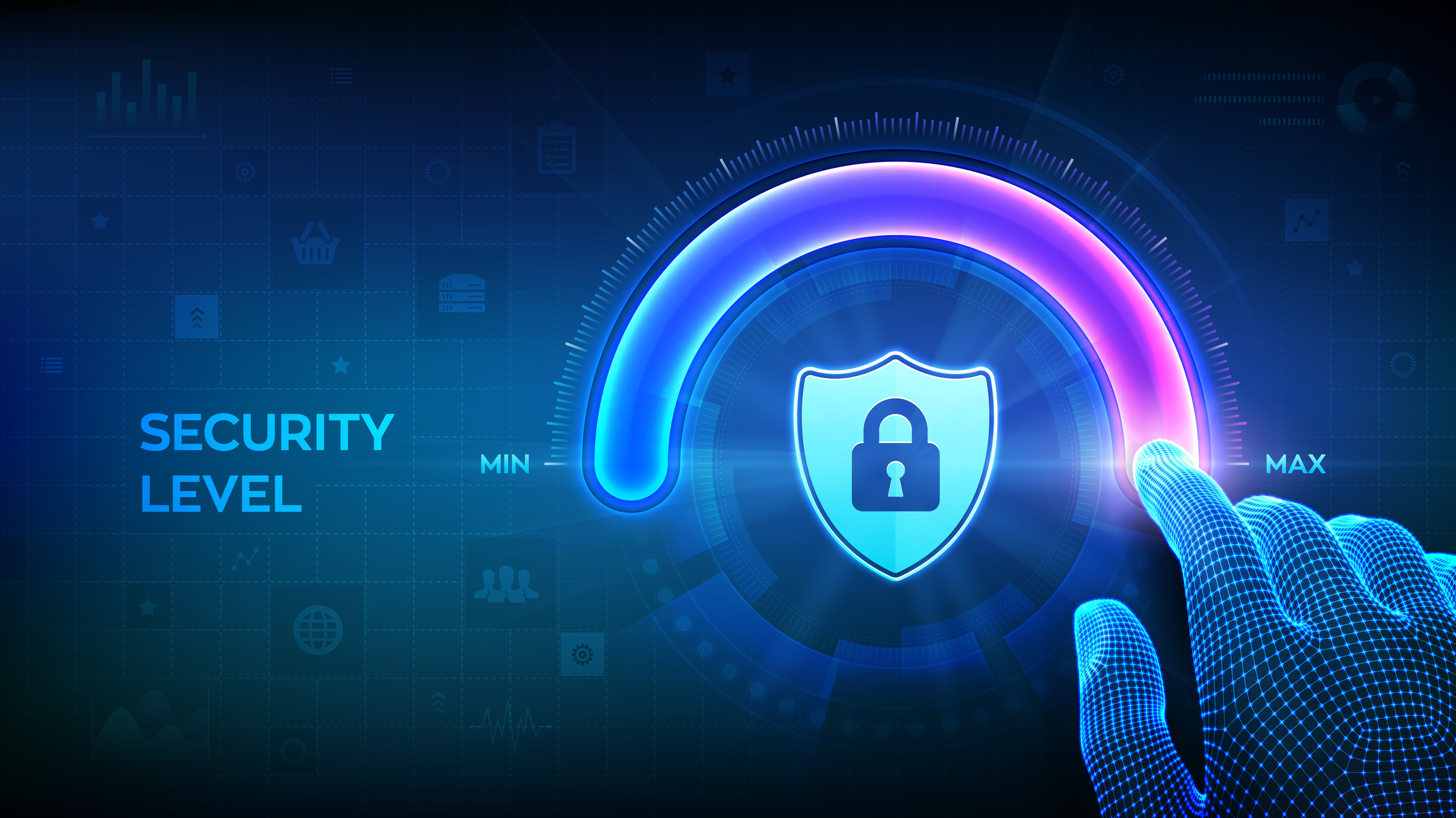
What is a Security Assessment and Why is it Important?
With cybersecurity threats on the rise, it’s important to know that your information and overall infrastructure are secure. But how do you really know if your data is safe? After all, new zero-day exploits and vulnerabilities are being discovered every day—a reality -that makes safeguarding your architecture and systems all the more challenging. In this climate, investing in vulnerability management has never been more crucial.
A well-executed vulnerability management process is key to keeping your systems secure and compliant. And it starts by performing a security assessment. In this article, we’ll detail the different factors of security assessment, what you should be looking for, and how it can help bring your security and compliance needs in alignment with your IT spend.
What Is a Security Assessment?
Performing a security assessment has two main functions. Firstly, it identifies any assets within your infrastructure and various systems that might be vulnerable to threats. Secondly, it identifies the kinds of threats that can compromise these assets. A good assessment must take into account multiple factors and utilize specific methods for analyzing each aspect of your security environment.
With a thorough understanding of where your assets are most vulnerable and what kinds of threats they are vulnerable to, you’ll be able to implement IT controls and compliance strategies that mitigate the risk of business-stopping threats such as ransomware and advanced persistent threats.
The first step in identifying these vulnerabilities is performing External Penetration Testing.
What Is an External Vulnerabilities Assessment?
An External Vulnerability Assessment is designed to evaluate an organization’s external-facing infrastructure to uncover vulnerabilities and outdated software. Any system that connects to the internet is a part of the perimeter. And with 70% of security breaches coming at the hands of external actors, an External Vulnerability Assessment is a crucial part of any risk management strategy.
That’s because, in order to identify security gaps, assessments actually simulate the kinds of attacks they are attempting to prevent. These remote attacks—usually conducted by third-party cybersecurity professionals —root out vulnerabilities and potential compliance violations that can leave your security compromised. With this information prioritized by risk level, your organization can decide how best to allot IT resources and ensure the integrity of your security infrastructure.
With new threats and exploits being discovered daily, your organization’s vulnerability risk management process should account for regular external vulnerability assessments. The assessment is a snapshot in time of your current security posture. Depending on your business vertical, it is recommended that testing be performed monthly or at least quarterly. It is particularly important after the network undergoes any significant changes as new security gaps may arise. Compliance-regulated industries may require external assessments annually to ensure compliance.
What Is an Internal Vulnerabilities Assessment?
Whereas external assessments evaluate the health of your organization’s perimeter systems, an internal vulnerability assessment is designed to detect threats to your network assets from within your network. The assessment gives broad and deep visibility into internal vulnerabilities, the objective being to scan and safeguard your assets against a variety of scenarios such as:
- Misconfigured hardware
- Out-of-date software
- Unpatched systems
Environments with gaps in their security posture can serve as a gateway for threat actors to gain access to sensitive information and wreak havoc across your organization’s network. An internal vulnerability assessment not only tests for the presence of malware and bots in the current environment but will provide a detailed report of any security gaps present so that you can prioritize them based on the threat level.
Like external penetration tests, internal vulnerability assessments should be performed quarterly at a minimum. It is particularly important after the network undergoes any significant changes, as new security gaps may arise. Numerous state and federal laws and regulations require security assessments, of which internal vulnerability assessments are an integral part. If your business is regulated by GLBA, FINRA, NCUA, HIPAA, SOX, SSAE 18, or PCI, these types of assessments are critical for maintaining regulatory compliance.
What Is a Web Application Security Assessment?
Another important aspect of assessing your security posture is performing a web application security assessment. You might be wondering why this step is necessary when an external assessment already covers web-connected systems. But while an external assessment is meant to simulate an unauthorized attack on your system, it’s primary concern is gaining access by any means. It doesn’t assess the overall functionality of the app. So even if your system itself is fully patched, if there are defects in any web applications your system interacts with, external assessments won’t pick them up. That’s a problem.
Defects such as broken access controls or cryptographic failure can be used by malicious actors to gain access to your system and are among the most common application-based security threats listed by the OWASP Top 10. A high-level web application assessment is designed to test the functionality and authorization issues that can compromise your security.
During a web app assessment, 3rd-party professionals or members of your organization’s IT team will use credentials to test authenticated areas of the web application—those that connect to your network—as well as the unauthenticated, external systems covered by external assessments. For organizations with web applications that handle money or cryptocurrencies like fintech, banking, or crypto exchanges, a web application security assessment is a necessary pillar of the vulnerability management process.